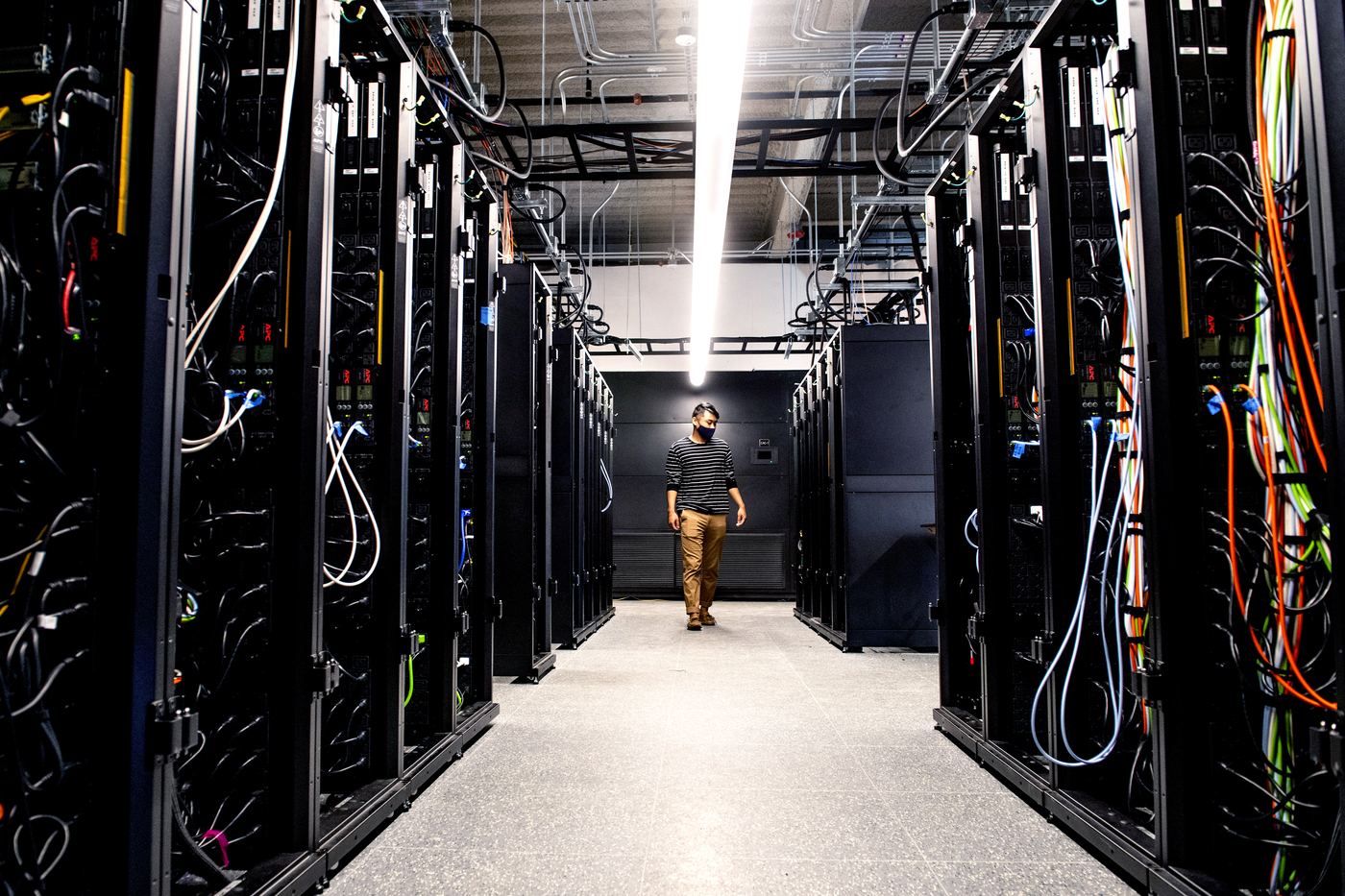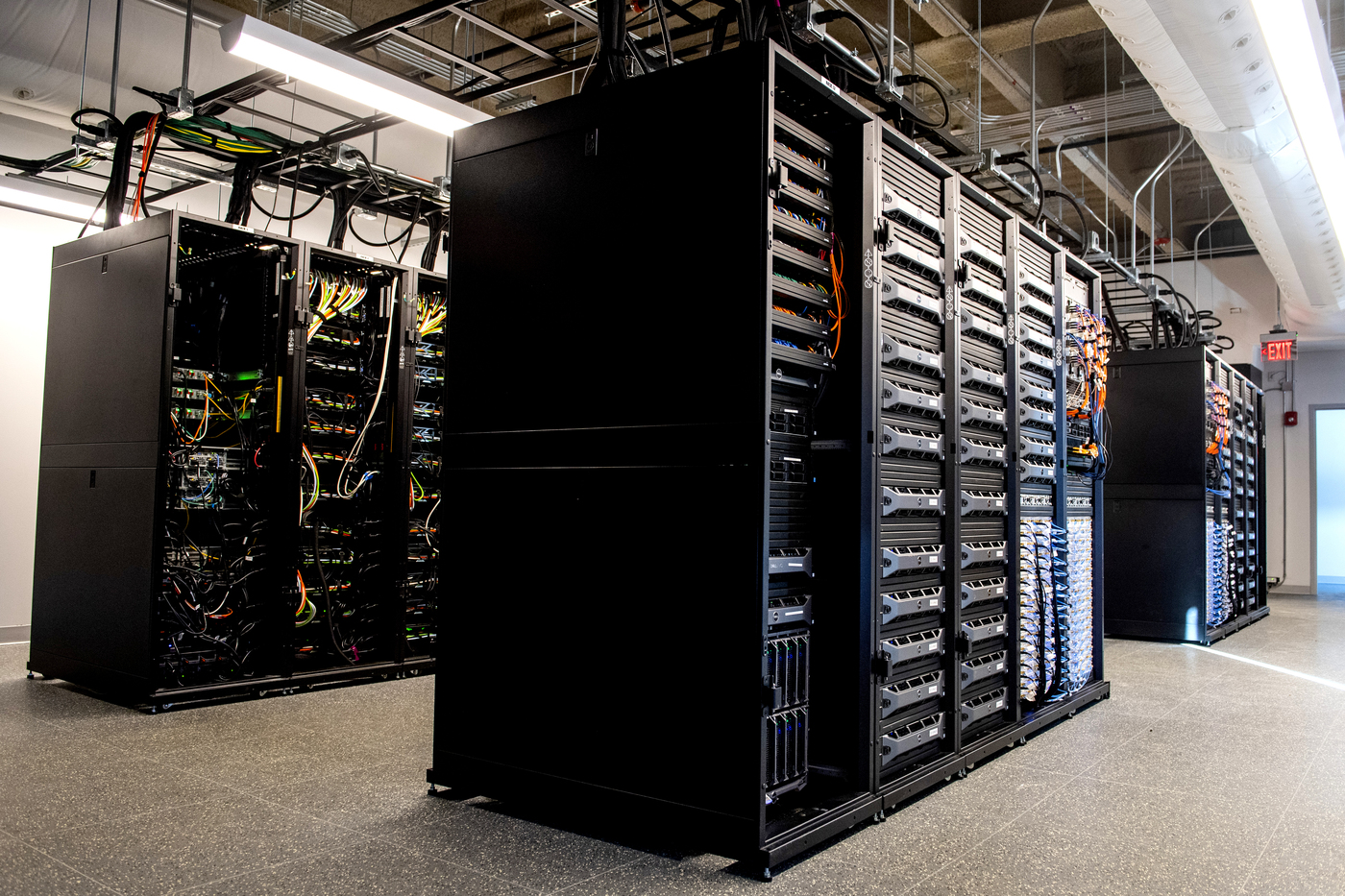Colosseum
Colosseum Wireless Network Emulator
Colosseum is the world’s largest wireless network emulator designed to support research and development of large-scale, next generation radio network technologies in a repeatable and highly configurable Radio-frequency (RF) and traffic environments.


It combines 128 Standard Radio Nodes (SRNs), each equipped with NI USRP X310 Software-defined Radios (SDRs), with a Massive digital Channel Emulator (MCHEM) backed by an extensive FPGA routing fabric. MCHEM emulates in FPGA real-world wireless RF channels between the SRNs and it is able to capture effects such as fading, multipath, etc., for up to 256x256 independently customizable channels. Accessible as a cloud-based platform, Colosseum also provides unique experimentation and data-collection capabilities.

As an RF testbed Colosseum can be utilized to:
- Emulate multiple operational environments including in real-time with effects such as multipath and fading effects with high-fidelity ray-tracing
- Instantiate softwarized protocol stacks on a general-purpose infrastructure
- Carry out large scale testing and data-collection
- Implement Machine Learning algorithms in different wireless communications techniques such as spectrum sharing, dynamic spectrum access, extraction of signal intelligence and optimized routing, by providing built-in powerful computational resources
If you use Colosseum for your research, please reference the following paper:
L. Bonati, P. Johari, M. Polese, S. D’Oro, S. Mohanti, M. Tehrani-Moayyed, D. Villa, S. Shrivastava, C. Tassie, K. Yoder, A. Bagga, P. Patel, V. Petkov, M. Seltser, F. Restuccia, A. Gosain, K.R. Chowdhury, S. Basagni, and T. Melodia, "Colosseum: Large-Scale Wireless Experimentation Through Hardware-in-the-Loop Network Emulation," in Proceedings of IEEE DySPAN, Virtual Conference, December 2021. [pdf]
Visit the Colosseum website for more information about this platform.
